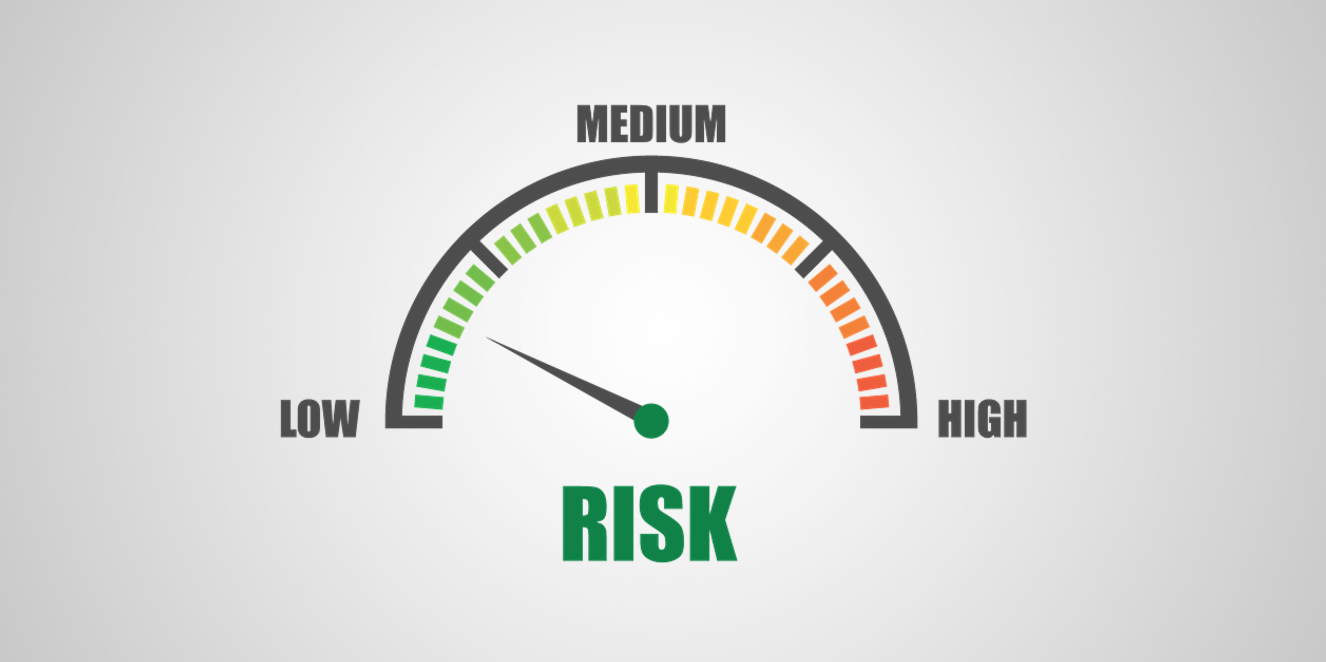Are you having sleepless nights pondering over the new “Flat Rate VAT Scheme” and how it could affect your business? You need not fret about it anymore, as we at Northants Accounting have got your back!
Here, we have put up a comprehensive overview about the new VAT scheme, wherein we’ll be explaining what it actually means for you and your business. But before we get into the nitty-gritty of ‘flat rate VAT’, let’s understand what the scheme is all about.
What Is Flat Rate VAT?
The flat rate VAT scheme was pioneered over a decade ago in order to make life simpler for small-scale businesses, by taking out intricate administration and offering them some sort of cushioning between their income and expenditure.
However, from April 2017, the government has increased the flat rate VAT for limited cost traders. This has mainly affected businesses who have been predominantly charging for the service provided by them, instead of the products sold.
Not to mention, if as a business you are using the scheme or have it in mind to join in, then you ought to find out whether you’re meeting the ‘limited cost traders’ criteria so as to involve yourself under the new flat rate VAT scheme.
How To Determine Your Eligibility?
As a business you can join the flat rate VAT scheme, if you’ve registered yourself for VAT and your expected taxable turnover is anything around £150,000 or less (of course, this does not include VAT).
Nonetheless, if you have been operating under the flat rate VAT scheme and expect your VAT taxable turnover to surpass £230,000, then you ought to opt-out as soon as possible. This surely requires due vigilance, especially if the business is growing at a faster rate.
How Can You Join The Scheme?
Once you have figured out that your business qualifies the joining criteria, the next question is to ask what VAT rate you must apply on your products. All of this is entirely based on the sector you’re working in.
Not to mention, if you’re completely clueless as to which sector your business falls in, there is absolutely no point in asking HMRC, as they aren’t authorised to give any guidance on this. It therefore falls onto you to select the sector that best portrays your business activity.
Say for instance, you’re working in more than one sector then you ought to choose the one representing the larger part of the turnover. You may then apply the VAT percentage on the overall turnover. If you’re still oblivious about the sector, then ‘play it safe’ and go for the one that has the highest rate.
Once you’ve fixed the most appropriate rate, you can either apply in writing or online in order to join the scheme. However, bear in mind that HMRC would certainly let you correct errors that are genuine, but they’re vigilant enough to find out if you’ve taken up a more beneficial category when it’s evident that your business doesn’t belong there.
How To Leave The Scheme?
When it comes to opting out of flat rate VAT scheme, the benefit that you’re about to receive is the VAT threshold which is higher in comparison to that of joining.
You might have to opt- out, especially if in the past 12 months or so your business’s turnover has surpassed the VAT threshold. You need to take a look at it only once in a year that is on the date when you registered your business for the very first time.
Nonetheless, the exit VAT threshold depends on your overall revenue, which is why it is imperative for you to involve each and every sale although these are zero rated.
At Northants Accounting, we have the knowledge and proficiency to assist businesses in making the right choice. Also, if the taxable turnover of your business is less than the VAT threshold and you feel that you might be able to reap benefits from the flat rate VAT scheme, then you can get in touch with us today!
Northants Accounting – Accountant Testimonials – Northampton Accountancy Services – Northampton Tax Services
Tel: 01604 330129 Email: info@www.northantsaccounting.co.uk














